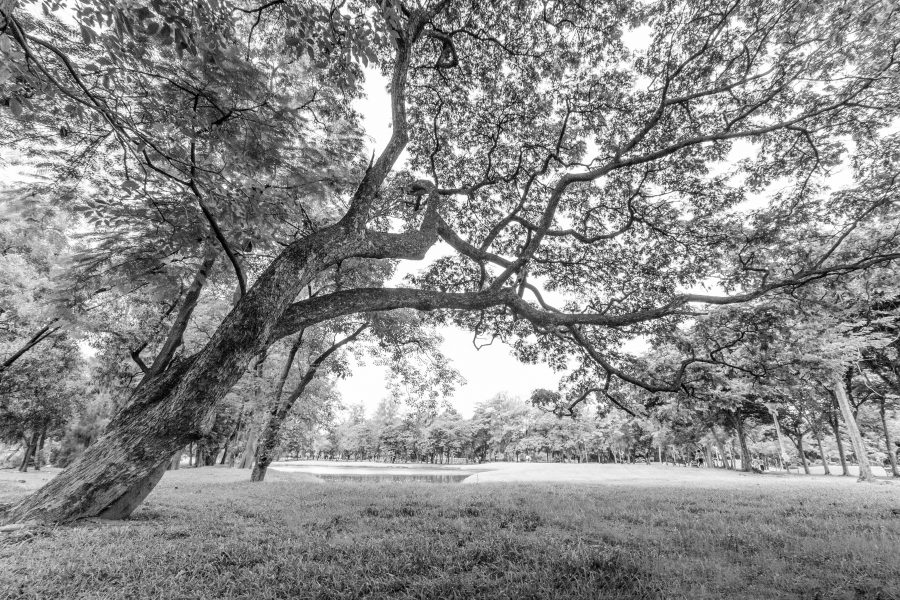Originally published 28 January 2020.
As UK agriculture faces major funding changes, one important resource should not be overlooked in developing sustainable farming systems
Those who remember farming in the decades after the second world war, especially the 1970s, will know that the emphasis was very much on production. Arable farmers were encouraged and even incentivised to utilise every hectare (or acre, as it was then) of their land for production. Hedges and trees were often removed to increase the productive area. Over the years, with changes in farm support, those farmers have been encouraged to create field margins linked to support payments, but trees have still not been in focus. Farm woodland, where it still remains, is often undermanaged, acting as cover for game birds or shelter for the farmhouse.
Looking forward, the new farm support systems will be based on producing public benefit in all its forms. Farmers will need to create plans for their total holding, showing clearly the public benefits they will bring in terms of food production, environmental enhancement and other social outcomes. The need to look at integrated approaches to land management to produce such public benefit – and also to respond to climate change – will highlight the value of trees.
So, what benefits do trees bring? They can significantly improve soil fertility and structure, for instance reducing the leaching of nutrients by capturing and recycling them. The root systems and associated ecosystems of trees can have major positive benefits, including the provision of windbreaks to combat soil erosion. Trees can also play an important role in carbon capture, helping the UK meet challenging government carbon targets. A crucial element in addressing the climate emergency is the creation of balanced, integrated farming systems that maximise economic and environmental benefits – including meeting carbon targets – as well as providing food.
Then there is the role of trees in water management. Our weather conditions have become more volatile, and these extreme dry and wet periods seem set to continue. Trees are important in helping combat this. They can slow the flow of water and contribute positively to flood resilience. Through their vast underground root systems and the organisms that inhabit them, they can also help improve water quality. For livestock, they provide shade. There are, in certain instances, opportunities for agro-forestry where grazing animals live in balance with the trees to their mutual benefit.
It is clear that the changing focus of farm support will demand new skills from farmers and their advisers. In the national press, farming often seems to be cast in a bad light for its impact on the environment. Yet it can be a solution rather than a problem. In this new scenario, trees will play a vital role. As a long-term advocate of a more integrated approach to farming, and in particular of the importance of trees, I welcome this. The future is certainly challenging but, as always, full of opportunity – and trees are without a doubt an essential element in sustainable farming systems.








